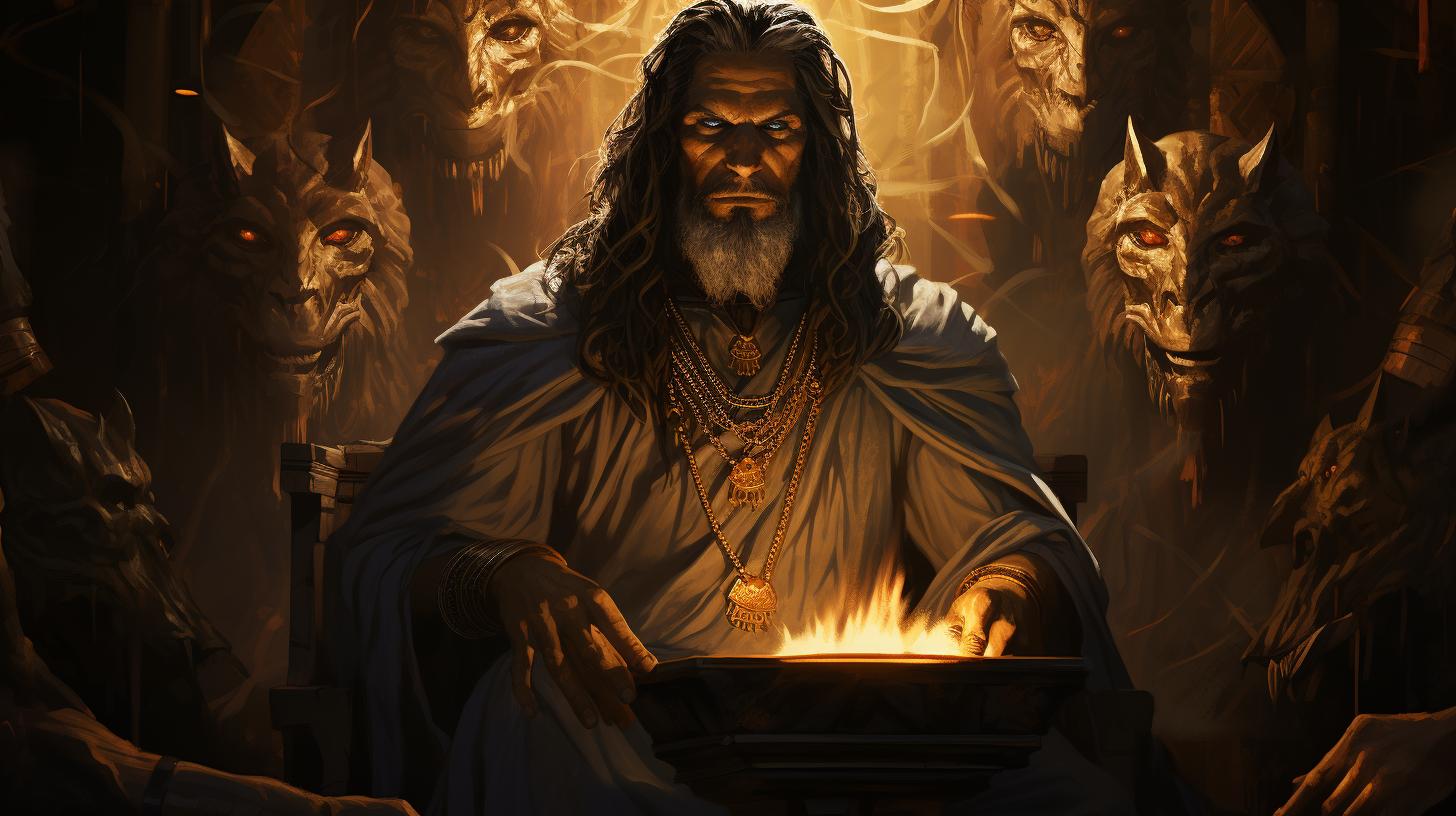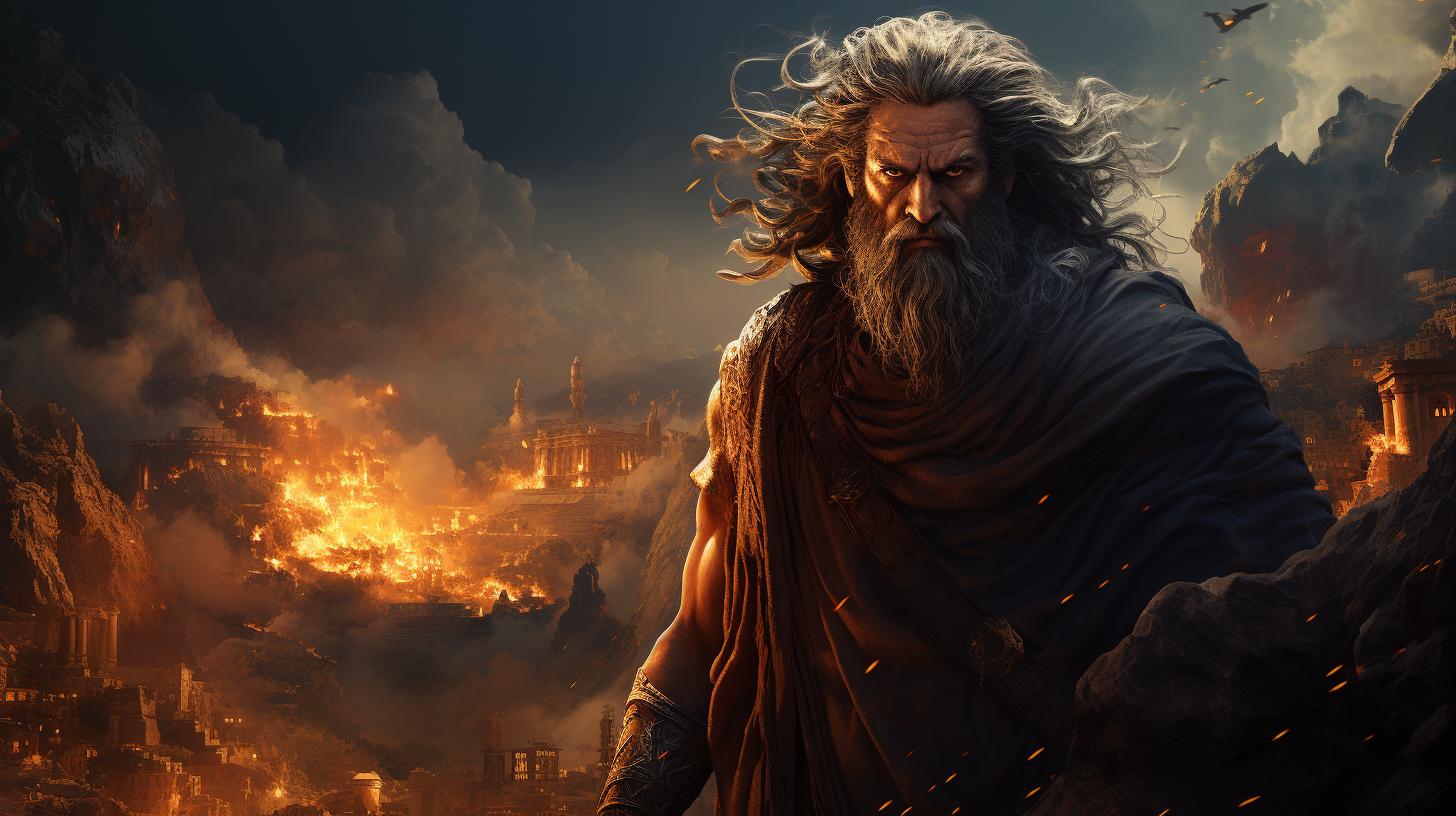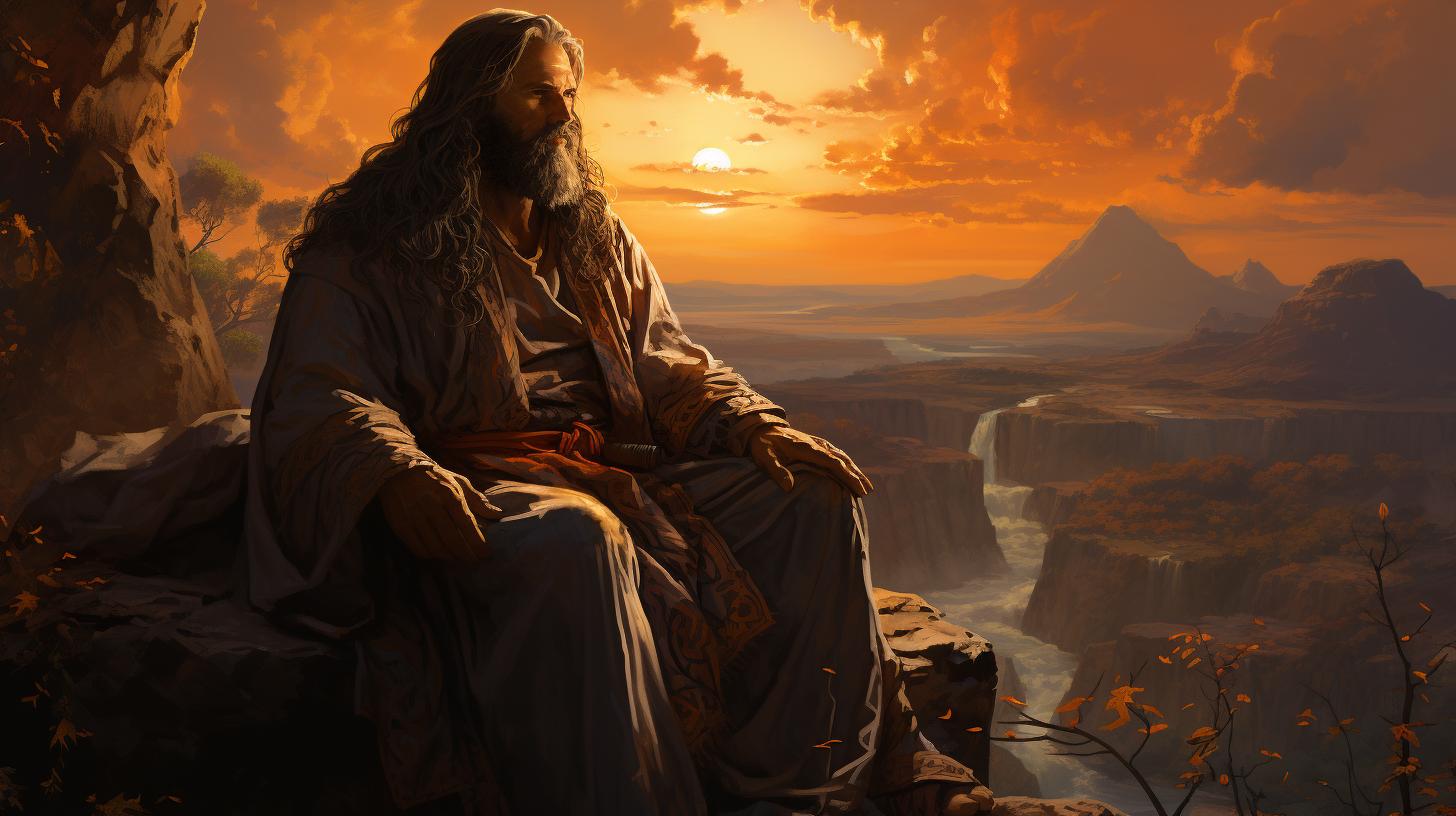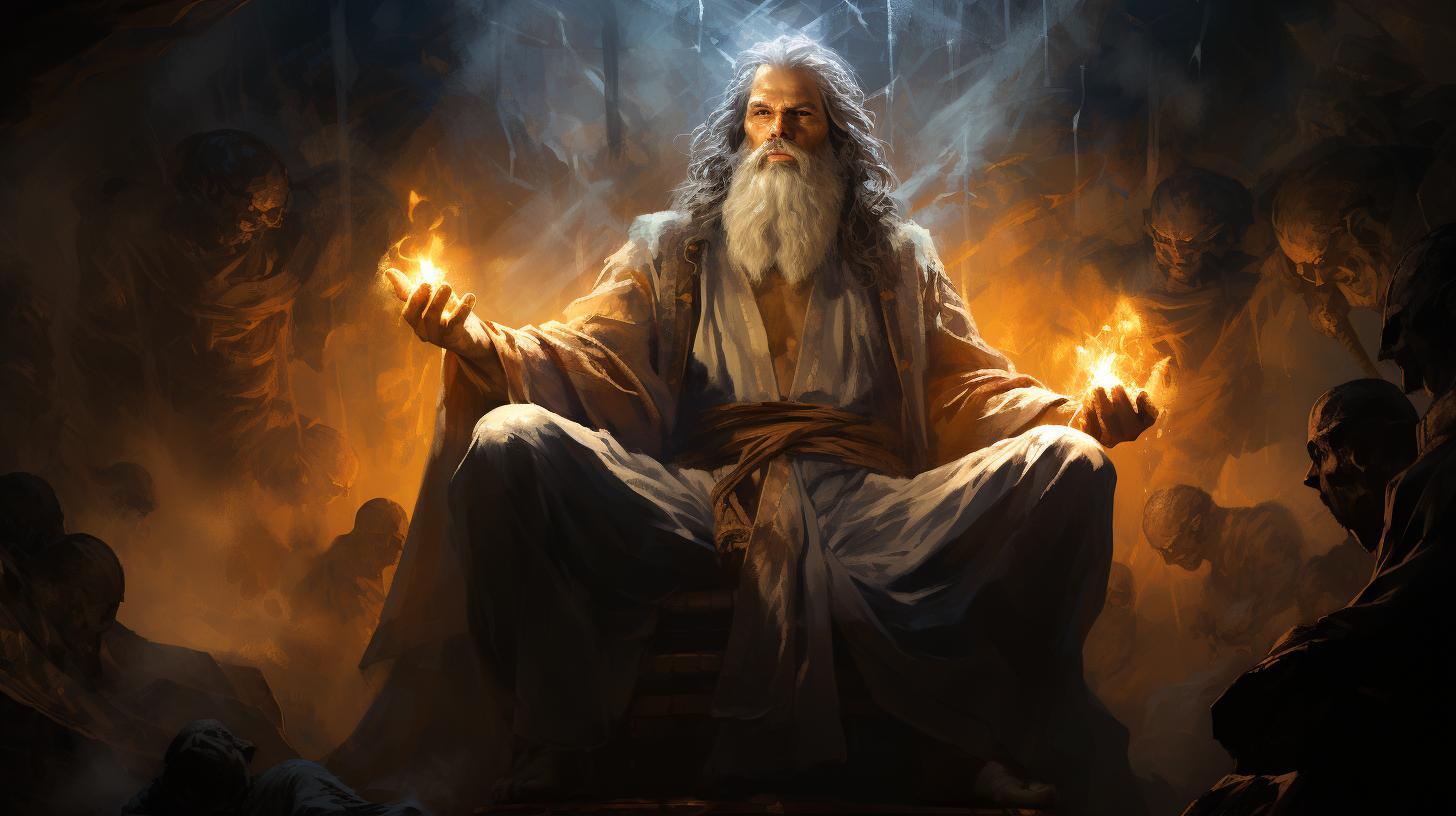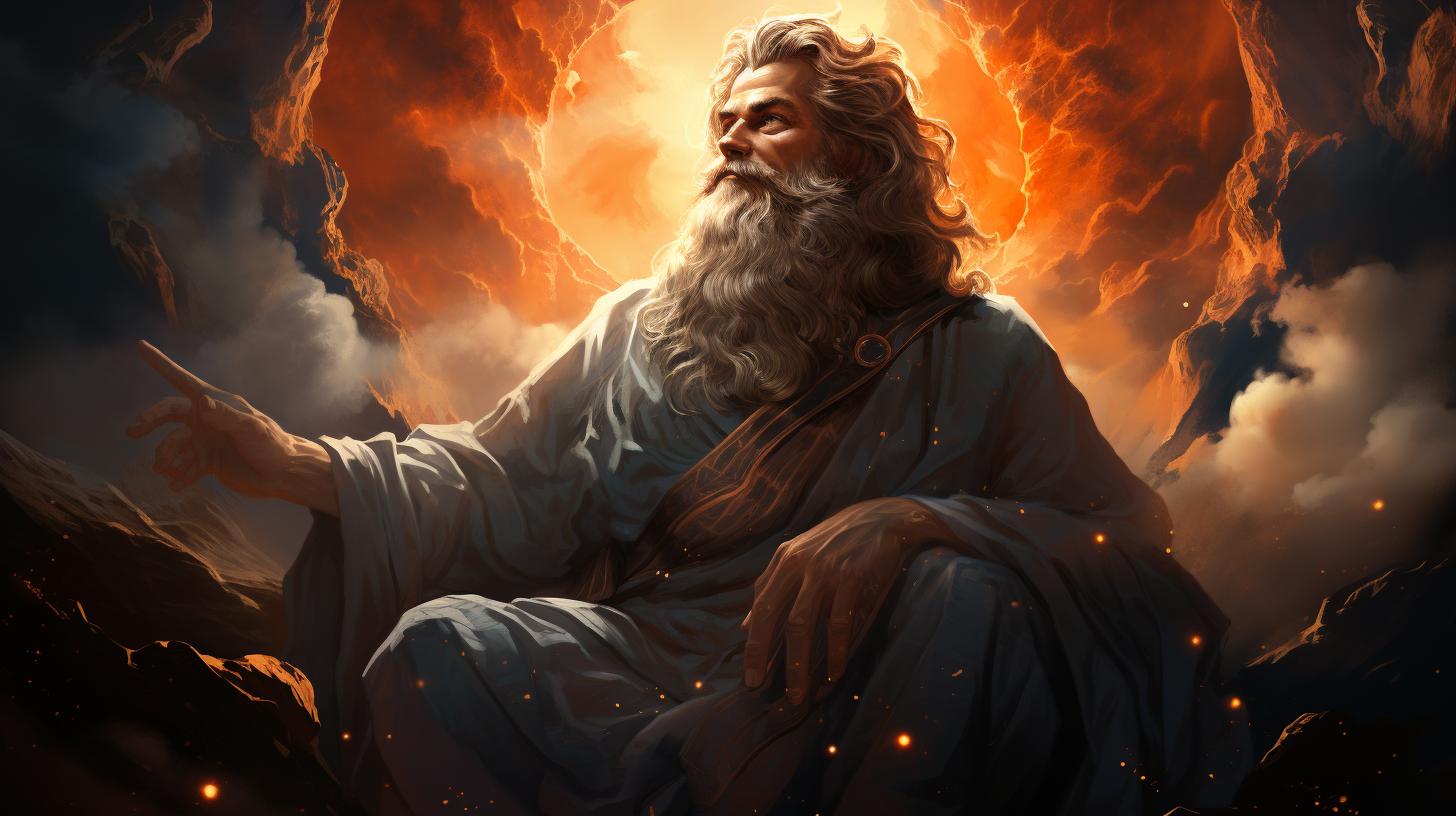Resheph God: Unveiling the Ancient Semitic Deity Associated with Warfare and Plague
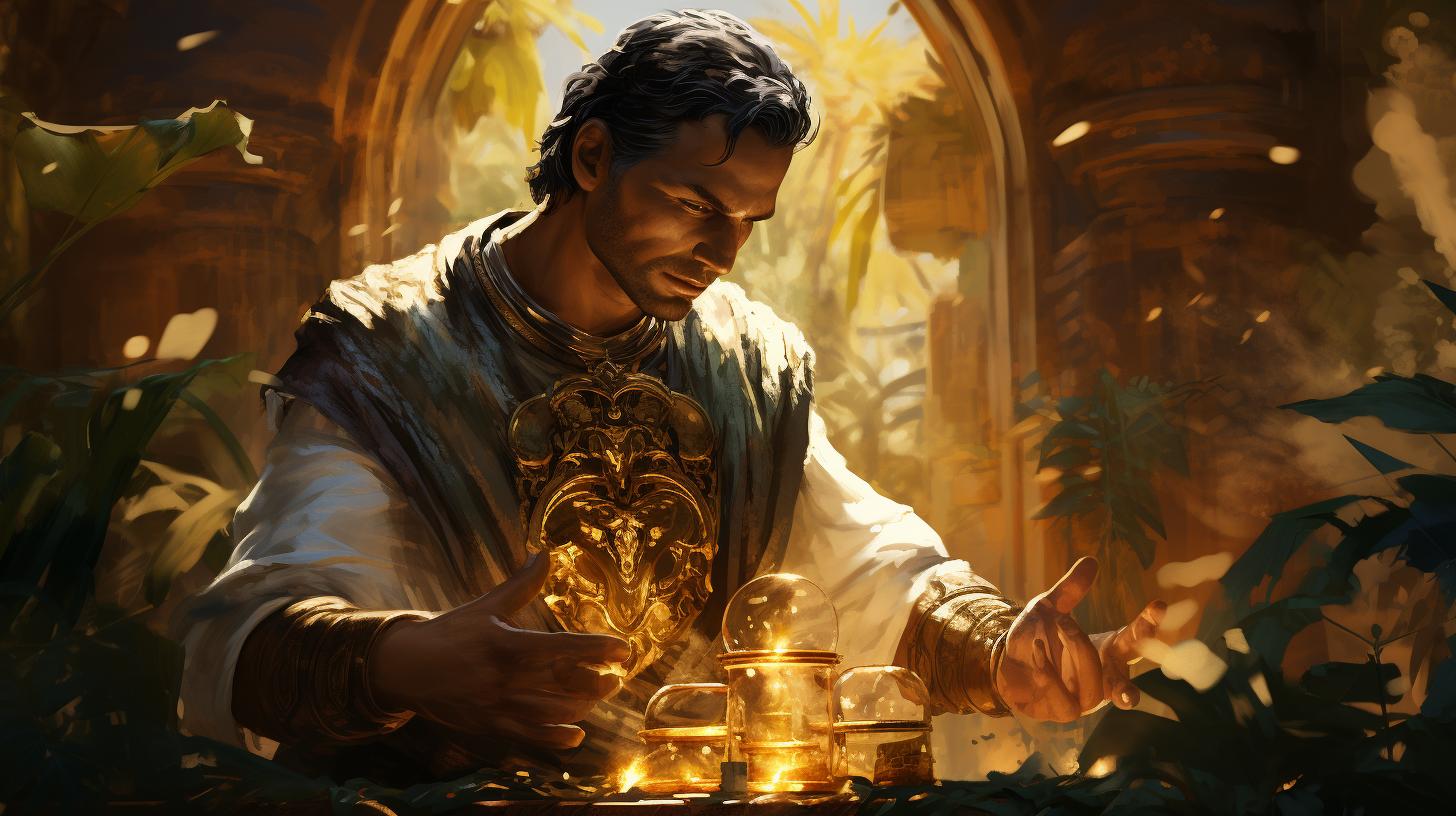
Resheph god, an ancient Semitic deity associated with war and plague, holds significant importance in various ancient texts. References to Resheph can be found in Egyptian, Mesopotamian, and Ugaritic literature, showcasing his role in different religious contexts.
This deity’s attributes include being a guardian of the sun, the underworld, and a symbol of warfare. Resheph’s influence extended to regions like Ebla, Ugarit, and even into Phoenician and Hebrew religious traditions.
This article explores Resheph’s role, worship, and cultural impact throughout ancient Near Eastern civilizations.
Resheph God in Ancient Texts
References to Resheph in Egyptian Texts
In ancient Egyptian texts, Resheph is referenced as a deity associated with both war and healing. He is often depicted as a warrior armed with a bow and arrows, symbolizing his role as a god of war.
Additionally, Resheph was believed to have the power to protect against the plague and other diseases. His presence in Egyptian literature showcases the importance of this Semitic deity within their pantheon.
Resheph in Mesopotamian Literature
Mesopotamian literature also makes mention of Resheph, particularly in relation to his role in warfare. In Mesopotamian texts, he is often equated with the god Nergal, emphasizing his association with destructive forces.
The depiction of Resheph in Mesopotamian literature further demonstrates the spread of his worship beyond the borders of Ebla and Ugarit.
The Worship of Resheph in Ebla
The city of Ebla held Resheph in high regard, considering him one of the prominent deities in their local pantheon. The ancient texts from Ebla reveal that Resheph was worshipped and revered for his connections with war and plague.
His association with Nergal solidifies his role as a powerful figure in the realm of deities in the Eblaite tradition.
Resheph in Ugaritic Texts
Ugaritic texts provide insights into the veneration of Resheph in the city of Ugarit. While not playing a significant role in the Ugaritic mythology, Resheph is mentioned in rituals and theophoric names.
A text referring to Resheph as the gatekeeper of the sun goddess Shapash suggests his possible identification with the planet Mars, alluding to his symbolic association with war.
The Hebrew Bible and Resheph God
In the Hebrew Bible, Resheph is mentioned in various contexts. His name appears in personal names, indicating a cultural familiarity with the deity. Additionally, Resheph is referenced in relation to calamities, such as pestilence and plague, highlighting his role as a bringer of destruction.
The Hebrew Bible offers glimpses into the continued recognition and theological interpretation of Resheph in ancient Israelite religion.
Phoenician Inscriptions and Resheph
Phoenician inscriptions provide evidence of the presence of Resheph in Phoenician religious practices. While not prominently featured, Resheph’s mention in Sidonian texts confirms his significance within the Phoenician cultural framework.
These inscriptions shed light on the extent to which Resheph’s worship permeated different regions and civilizations.
Role and Attributes of Resheph God
Resheph, an ancient Semitic deity, played various roles and possessed distinct attributes in the religious beliefs of different cultures. Exploring Resheph’s mythology sheds light on his association with warfare, plague, and his connections to the sun and the underworld.
Additionally, his depictions and symbolism, prominently featuring his bow and arrows, provide deeper insights into the significance of Resheph in ancient Near Eastern religions.
The Association between Resheph and Warfare
In ancient texts, Resheph was frequently linked to warfare and battle. He was revered as a powerful deity who granted victory to his followers, serving as a divine patron of warriors.
Resheph’s association with war showcased the belief in his ability to influence the outcome of conflicts, providing protections and blessings to those who honored him.
Resheph as a Deity of Plague and Pestilence
Not only associated with warfare, Resheph was also regarded as a deity responsible for plagues and pestilence.
In ancient societies, where disease outbreaks were significant threats, his worship and appeasement were believed to bring relief and protection against these devastating calamities. This connection to plagues highlights the belief in Resheph’s power over life and death.
Resheph’s Connection to the Sun and the Underworld
Resheph had strong associations with the sun and the underworld, symbolizing the cycle of life, death, and rebirth. His role as a guardian of the sun and his connection to the realm of the dead emphasized his divine authority over these crucial aspects of existence.
Resheph stood as a bridge between the realms of light and darkness, holding significant cosmic and metaphysical symbolism.
Depictions of Resheph and His Symbolism
Artistic representations of Resheph often portrayed him as a deity armed with a bow, arrows, and a shield. These visual depictions reinforced his role as a protector and warrior god. Resheph’s regalia, including the diadema with the head of a goat or gazelle, spoke to his connection with wildlife and the powers attributed to it.
Through these depictions, artists captured the essence of his divine attributes and emphasized his symbolic significance.
The Bow and Arrows of Resheph
The bow and arrows held by Resheph were iconic symbols closely associated with him. The bow represented his authority in battle, while the arrows symbolized his ability to inflict harm or protect.
These weapons were not only physical implements but instruments of divine power, reinforcing Resheph’s role as a deity closely connected to warfare, protection, and the dispensation of divine justice.
Resheph in Ancient Near Eastern Religion
Resheph played a significant role in the ancient Near Eastern pantheon alongside other deities.
The worship and cult of Resheph varied across different regions, showing both local variations and broader cultural connections. Through comparative analysis, Resheph’s similarities and connections to the Mesopotamian god Nergal can be explored.
Additionally, syncretism and identifications of Resheph with other deities further demonstrate the complex religious landscape of the ancient Near East.
Resheph and Other Deities in the Pantheon
In the ancient Near Eastern pantheon, Resheph interacted and coexisted with various deities, taking on different roles and associations in different cultures. His worship and place in the divine hierarchy shed light on the complex religious beliefs and practices of the time.
Comparative Analysis: Resheph and Mesopotamian God Nergal
A comparative analysis between Resheph and the Mesopotamian god Nergal allows us to explore the similarities, differences, and possible shared origins of these deities. By examining their respective cults, attributes, and roles in warfare and the underworld, we can gain insights into their interconnectedness in ancient Near Eastern religious traditions.
The Worship and Cult of Resheph in Different Regions
The worship and cult of Resheph varied across different regions in the ancient Near East. From Ebla to Ugarit and beyond, Resheph’s presence and influence can be traced through textual, archaeological, and iconographic evidence.
Each region developed unique practices and rituals to honor and appease this powerful deity, providing a glimpse into the diversity of ancient religious beliefs.
Syncretism and Identifications of Resheph with Other Deities
Resheph’s fascinating interactions with other deities led to syncretism and identifications with different gods in various cultural contexts.
Through syncretism, Resheph merged with or absorbed the attributes and roles of other deities, creating new religious narratives and expressions. These syncretic connections highlight the fluidity and adaptability of ancient Near Eastern religious traditions.
Resheph’s Influence and Legacy
This section explores the significant influence and lasting legacy of Resheph, the ancient Semitic deity associated with warfare and plague. From his spread into ancient Egypt to his presence in the Ramesside period and the Hebrew Bible, Resheph’s impact on diverse religious traditions in the ancient Near East is undeniable.
Additionally, his role in Phoenician and other regional religions, as well as his continued significance in scholarly research, further highlight Resheph’s enduring importance.
Resheph’s Spread into Ancient Egypt
Resheph’s worship extended into ancient Egypt, potentially introduced by the Hyksos rulers. During the Ramesside period, Resheph became a prominent deity, associated with war and healing. Egyptians revered him as a divine warrior and invoked his protection as a curative force.
Resheph in the Ramesside Period
In the Ramesside period of ancient Egypt, Resheph gained prominence as a god of war and healing. He was often depicted as a bowman, armed with a bow, arrows, and shield.
Resheph’s association with protection and warfare made him a revered deity during this era.
Resheph in the Hebrew Bible and the Worship of Yahweh
The Hebrew Bible mentions Resheph in various contexts, linking him to divine punishment and calamities. His presence reflects the intricate cultural and religious landscape of ancient Israel, where the belief in multiple deities persisted alongside the worship of Yahweh.
These references shed light on the complexity of Israelite religious practices and the recognition of Resheph among the pantheon of ancient deities.
Resheph in Phoenician and Other Ancient Near Eastern Religions
Resheph’s influence extended beyond Israel and Egypt and into Phoenician and other ancient Near Eastern religions.
While not playing a significant role in Phoenician religious traditions, Resheph is mentioned in some inscriptions from Sidon, highlighting his recognition within the Phoenician pantheon. His presence in various regional religions illustrates his enduring appeal and adaptability in different cultural contexts.
Resheph’s Continued Significance in Scholarly Research
Resheph continues to be a subject of scholarly research, captivating the attention of historians, archaeologists, and religious scholars alike. Through investigations of ancient texts, artifacts, and cultural practices, researchers strive to unravel the complexities surrounding Resheph’s worship, mythology, and role within ancient Near Eastern belief systems.
As new discoveries are made, our understanding of Resheph and his impact on ancient civilizations continues to evolve.
.

